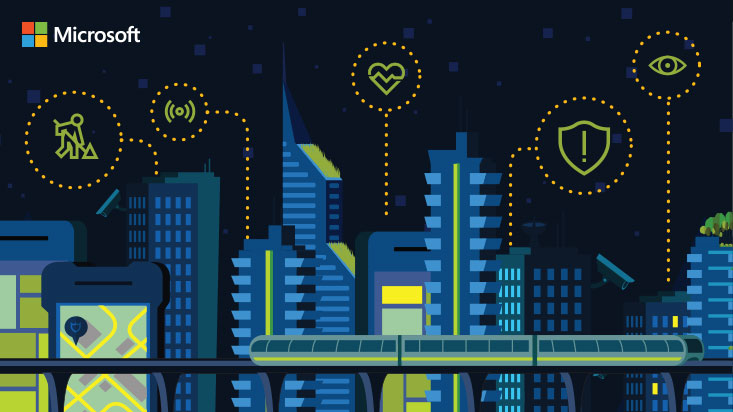Transforming cities through technological innovation

As we strive to bring about cities that are safer, smarter, and more sustainable, technology can play a big role. From cloud-based solutions to mobile applications to big data, technology is gradually transforming governments into smart communities that operate very efficiently and economically.
The annual Asia Pacific Cities Summit (APCS) and Mayors’ Forum provides a great opportunity to learn and benefit from each other’s experiences. Earlier this summer, I joined approximately 1,000 government and business leaders from around the globe in attending the 10th annual APCS in Brisbane, Australia.
APCS is about exchanging information and ideas, and there was much to explore. From managing crises to handling citizen requests to overseeing construction projects, numerous organizations showcased smart solutions that strengthen the ability of cities to serve their communities. Among these were six innovations presented by Microsoft CityNext partners. Here’s a look at what we highlighted:
Managing threats: Swan Island Networks showcased TIES for Microsoft CityNext, a suite of intelligence management tools that gives governments a holistic view of emerging threats such as natural disasters, school safety issues, cyber threats, and public event disruptions. The platform helps governments manage a diverse range of threats by scouring the web and displaying incidents in real time on a dashboard. Smart alerts are delivered to relevant players via their mobile devices. The platform also provides highly secure networks that let governments share both open and sensitive information with the right parties.
Handling crises: AtHoc, Inc., demonstrated its Networked Crisis Communication Suite that connects communities as emergency situations develop. AtHoc’s technology helps governments exchange lifesaving information during emergencies by collecting critical information about the situation, notifying people on mobile devices, providing real-time information into public safety, and allowing governments to communicate and collaborate with other organizations. Using AtHoc’s platform, governments can reach all residents or a subset of their community with the push of the button, quickly alerting citizens to impending disasters.
Responding to citizen requests: AvePoint featured several solutions aimed at helping government workers provide better citizen services. For example, citizens can use the AvePoint Citizen Services solution to submit requests anytime, anywhere, from any device. Government workers can see these requests via a centralized portal and respond quickly with instant access to information, resources, and assistance. The company also highlighted its town hall solution, AvePoint Podium, which enables local governments to create dynamic conversations with citizens by embracing social networking and other mediums. Governments can gain insight into citizen sentiment by monitoring social network activity and citizen portals. They can also give citizens a greater voice by conducting real-time polls and surveys to gauge their opinions.
Improving citizen safety: iOmniscient demonstrated its video analytics surveillance software that detects the general behavior of people, vehicles, and objects in a crowd. The solution helps law enforcement agencies pinpoint criminals and terrorists in uncontrolled situations by using video and face-recognition technology to identify specific individuals and vehicles at the scene.
Caring for an aging population: Generation-e displayed its “Digital Aging” platform that helps governments manage their aging populations, especially those living at home. Using a combination of big data analytics, cloud-based services, mobile devices, and other technology, government-provisioned health support teams can easily and cost-effectively deliver services to elderly residents, circumventing the need to engage highly paid medical resources.
Managing infrastructure projects: LeapThought showed its Fulcrum smart construction solution, which is designed to help governments manage large-scale construction and engineering projects in a compliant, transparent, and efficient manner. The platform includes several modules that allow governments to efficiently track all aspects of their construction projects from land acquisitions to contract negotiations to interactions with special interest groups and communities.
What an inspiring conference! The above examples illustrate the important role technology can play as city leaders strive to operate more efficiently and economically. As APCS demonstrated, many governments are already turning to 21st-century technology to guide their efforts—and over the coming years, I expect such technologies to become commonplace. The result will be improved quality of life as cities transform themselves into the safe, sustainable, and prosperous communities that citizens expect.




